
How Do Professional Courses Help in Career Development?
Success and career advancement in the fast-paced, constantly-evolving job market of today depend on ongoing education and professional development....
Read moreOverview
A cloud-based software programme for medium-sized and large businesses is called Microsoft Dynamics 365 for Finance and Operations. This business management tool enables organizations to more effectively, efficiently, and dependably automate and manage their operational, financial, and customer relationship operations. Users will receive a thorough introduction to this potent software solution from the course. From fundamental accounting concepts to sophisticated reporting, it will cover the essential features and functionality of Dynamics 365 for Finance and Operations.
Dynamics 365 for Finance and Operations' many modules, such as General Ledger, Accounts Payable and Receivable, Configuration and Setup, Finance, Cash Flow, Inventory Management, and Customer Relationship Management, will be covered in this course. Also, it will give a thorough overview of the software platform, instructions for setting up the system, and best practices guidance. It will examine how businesses may combine Dynamics 365 with other widely used programmes, including Microsoft Office and QuickBooks.
Users will have a thorough understanding of managing business processes in Dynamics 365 for Finance and Operations by the end of the course, and they will be better equipped to decide on budgets, resource management, and workflow in their organization.
Prerequisites
Target Audience
Training outcome

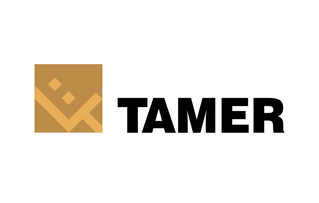






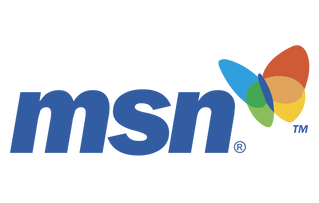

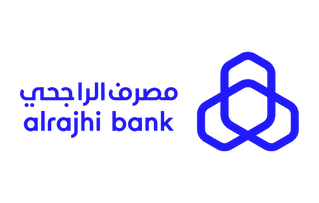


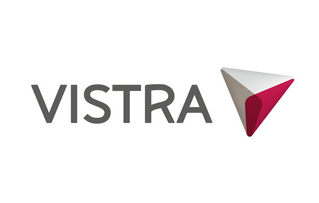
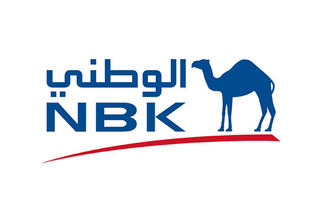




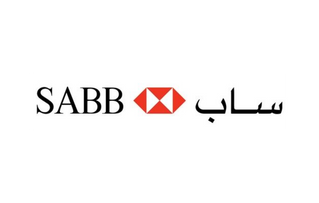
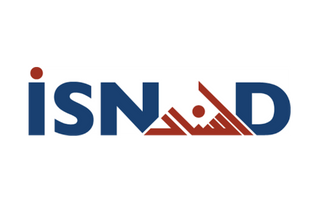


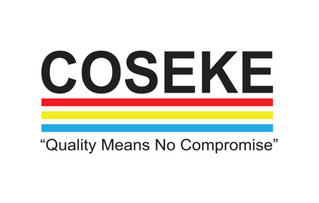

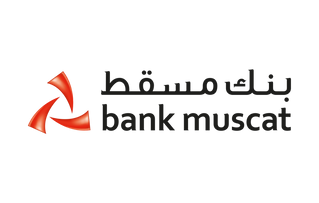
ERP and CEM administrators, developers, and consultants who possess the ability to use Microsoft Dynamics 365 for modernizing business processes hold higher positions in organizations and see greater growth.
CRM is a system that manages operations and duties, including gathering customer information in a centralized database. CRM's primary duties include:
A CRM system is composed of three key parts:
Campaign administration, collaborative tools, lead reporting, landing sites and forms, and email marketing automation are all included in marketing automation software.
CRM systems like Salesforce Automation have a grasp of client history, which boosts sales efficiency. Teams can estimate contract extensions and sales of product upgrades because of it. A CRM system also enables managers or representatives to establish ownership and accept responsibility.
Customer Services: A CRM system provides customers with the tools and technologies they need to manage cases more effectively, share knowledge, handle escalations, and handle their accounts. This contributes to cost-cutting without compromising service quality.
Success and career advancement in the fast-paced, constantly-evolving job market of today depend on ongoing education and professional development....
Read moreIntroduction: Identifying the training needs of your employees is one of the most important aspects of running a successful business. Having an und...
Read more